AI Bias in Background Checks: Avoiding Discrimination Under Title VII and ADA
- Blog
- Employment Background Check Errors
AI Bias in Background Checks: Avoiding Discrimination Under Title VII and ADA
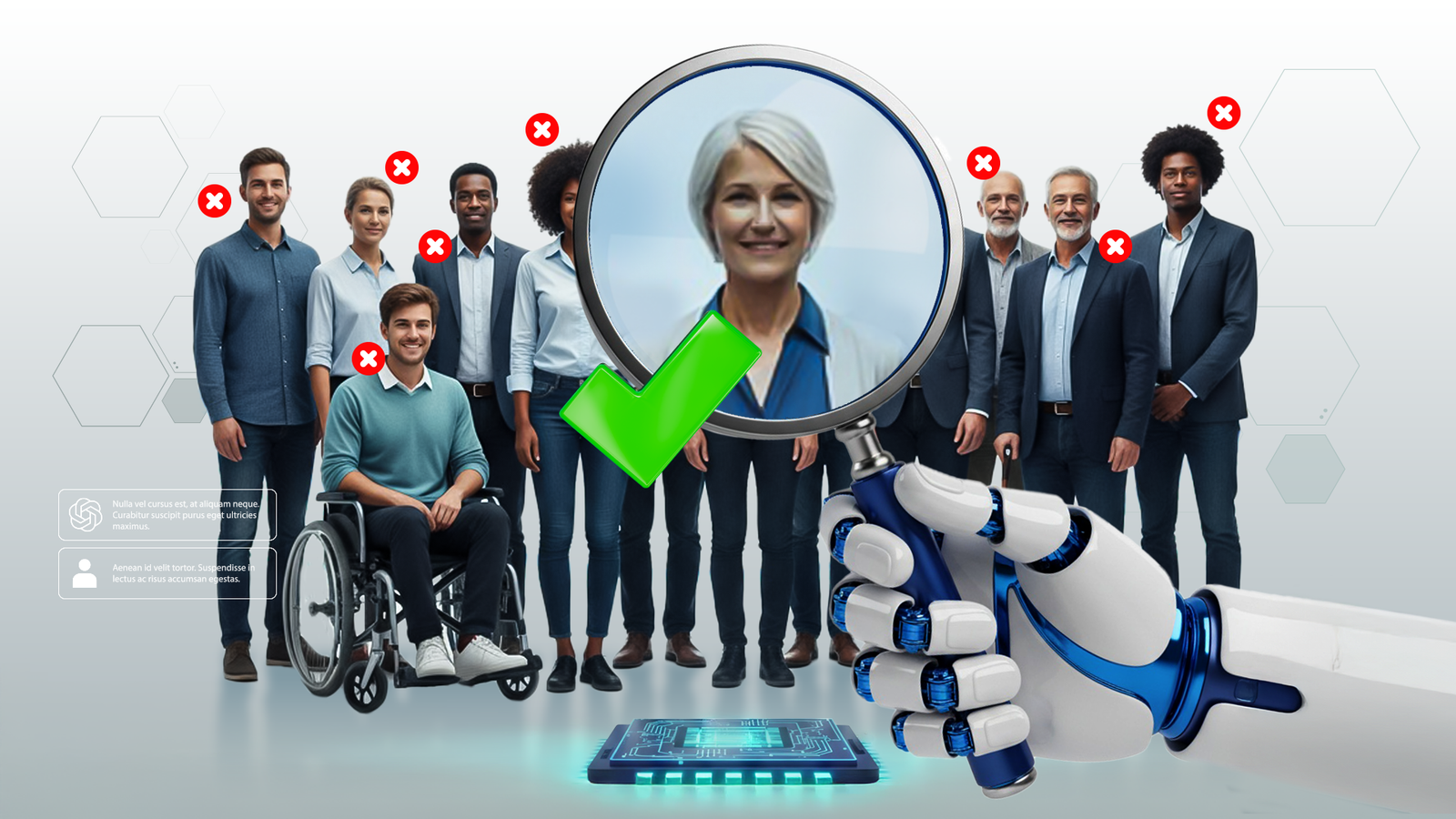
AI Bias in Background Checks: How Algorithmic Hiring Tools Can Violate Title VII and the ADA
Artificial intelligence promises speed and scale in recruiting. But the same automated decision systems that rank résumés, score background checks, or verify identities can also replicate old prejudices – or introduce new ones – if they’re trained on skewed data or operate as opaque “black boxes.” That’s not just a technical problem; it’s a legal one under Title VII (disparate treatment and disparate impact) and the ADA (disability-related screening and accessibility). EEOC Department of Justice
How AI bias creeps into hiring and screening
AI learns patterns from historical data. If past decisions were biased – or if proxies like ZIP code, school attended, or employment gaps stand in for protected traits – the model can score candidates in ways that disproportionately exclude certain groups. These risks are heightened when systems are non-transparent and hard to audit. Law-firm and regulator guidance emphasize that “objective” algorithms can still encode human bias at scale. OgletreeEEOC
The technical literature backs this up: facial-analysis and face-matching technologies have shown demographic performance gaps, with higher false-positive/false-negative rates for some races and genders (and for children and older adults), underscoring the need for careful validation before using such tools in identity or background-verification workflows. NISTNIST PublicationsMIT News
Meanwhile, adoption keeps rising. SHRM’s 2024 reporting shows HR teams increasingly relying on AI across recruiting tasks – including about one-third using AI to review or screen résumés – which amplifies the compliance stakes. SHRM
The legal framework: Title VII, ADA, and the FCRA when background checks are involved
- Title VII applies fully to algorithmic “selection procedures.” If a tool (including a vendor’s tool) causes a disparate impact on a protected group, the employer can be liable unless it proves business necessity and the lack of less-discriminatory alternatives. The EEOC issued technical assistance explaining how to assess adverse impact in software and AI used for employment selection. EEOC
- ADA: Employers must ensure AI tools don’t screen out qualified applicants with disabilities and must provide reasonable accommodations (e.g., alternative formats or assessments). DOJ and EEOC jointly warned in 2022 that AI-enabled hiring can violate the ADA if it disadvantages people with disabilities. Department of Justice, ADA.gov
- FCRA: When AI is used in background screening (risk scores, “fit” indexes, data-broker dossiers), the Fair Credit Reporting Act may apply. That means advance disclosure and written consent, and before taking adverse action, employers must provide the report and the CFPB’s Summary of Your Rights and give the applicant time to respond. The CFPB has also clarified that algorithmic dossiers and scores used for employment decisions are consumer reports subject to FCRA obligations. Consumer Financial Protection Bureau, Consumer Financial Protection Bureau
- Local/State rules: New York City’s Local Law 144 requires annual bias audits and candidate notices for Automated Employment Decision Tools. Similar initiatives and rulemakings are emerging elsewhere, with California advancing regulations on employer use of AI and automated decision-making systems. NYC.gov, Ogletree
Enforcement is real
The EEOC’s 2023 consent decree with iTutorGroup resolved allegations that the company’s recruiting software automatically rejected older applicants – an early test of how automated screening can trigger age-bias liability. The settlement included monetary relief and prospective changes. Even when a case is framed under other statutes (like the ADEA), it illustrates the same core risk: if your tool filters by protected traits or proxies, you own the consequences. EEOC
Case study: automated facial verification and deactivations
In 2024, Uber Eats UK paid a settlement to resolve a claim alleging its facial-recognition login checks wrongly flagged a Black driver, leading to lost work access. Regulators and researchers have documented demographic disparities in facial-recognition performance – one reason these systems require heightened testing, disclosures, and human review when used in employment or background-verification flows. Personnel Today, Equality and Human Rights Commission, NIST
Practical safeguards for employers (keep it simple – and documented)
- Run periodic bias audits (pre-deployment and at set intervals). Test for disparate impact across legally protected groups; keep the analyses and mitigation steps on file. NYC requires independent audits for many tools. NYC.gov
- Prefer explainable/transparent criteria. Choose vendors that provide clear inputs, model logic, and audit hooks; avoid unreviewable black boxes. Ogletree
- Layer human review. Don’t let an automated score be the final word. Train recruiters on Title VII/ADA red flags and require second-level human checks before adverse action. EEOC
- Design for accessibility. Offer alternative assessments and interfaces; publicize accommodation paths up front. ADA.gov
- Follow the FCRA to the letter for any background-related AI output: disclosure, consent, pre-adverse notice, copy of the report, and waiting period. Consumer Financial Protection Bureau
- Planning to deploy or already using AI in recruiting or screening? We help with policy design, vendor due diligence, bias testing, FCRA-compliant workflows, and multi-jurisdictional compliance (including NYC’s AEDT rule).
What job seekers can do
If you’re screened out by an automated tool, ask for the paperwork. For background-related decisions, the FCRA entitles you to the report and the CFPB rights notice before the employer makes a final decision. Consumer Financial Protection Bureau


David Pinkhasov is an Associate of Consumer Attorneys. David is admitted in Courts of the State of New York and Florida. Read more
Related Articles
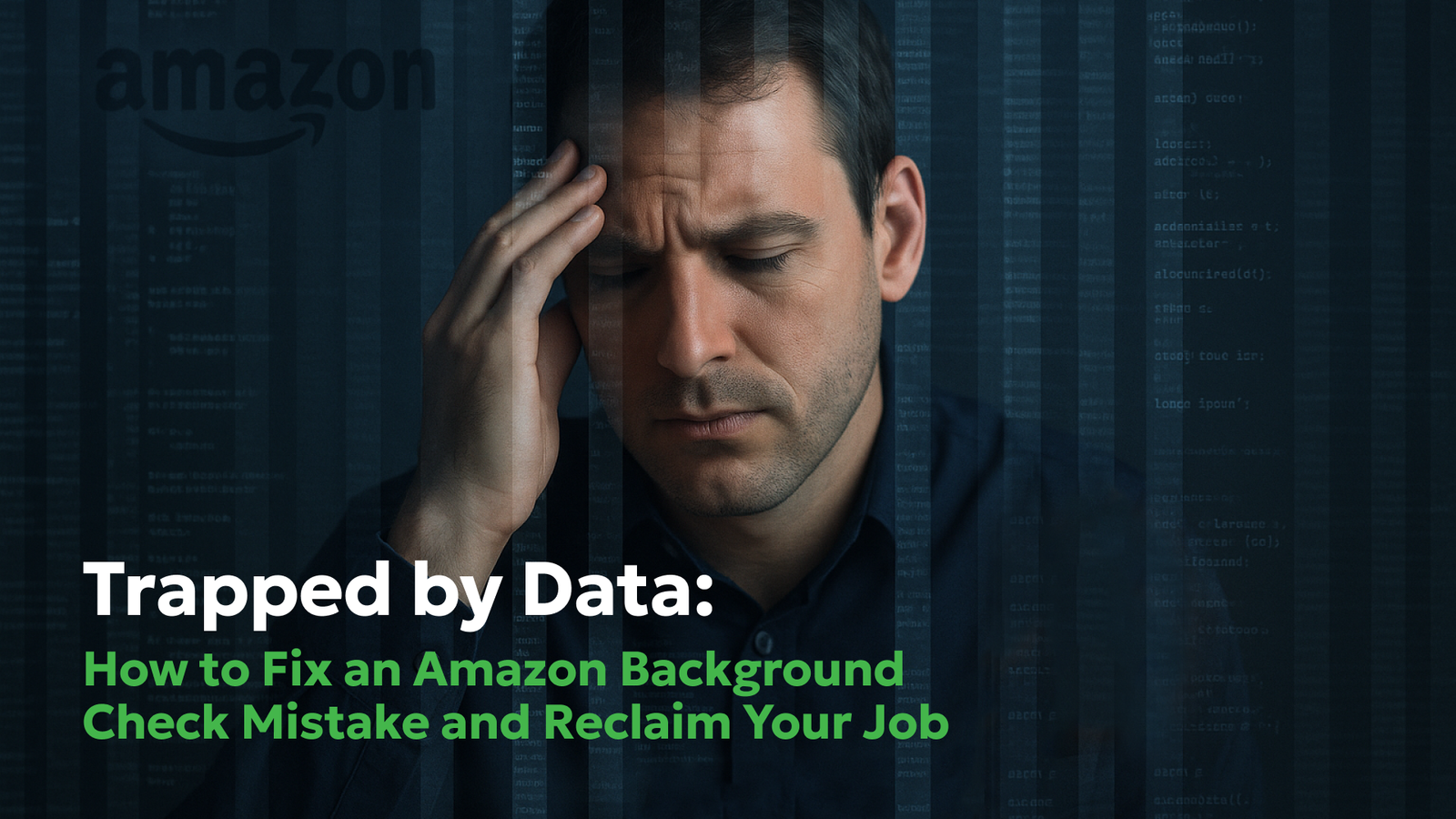
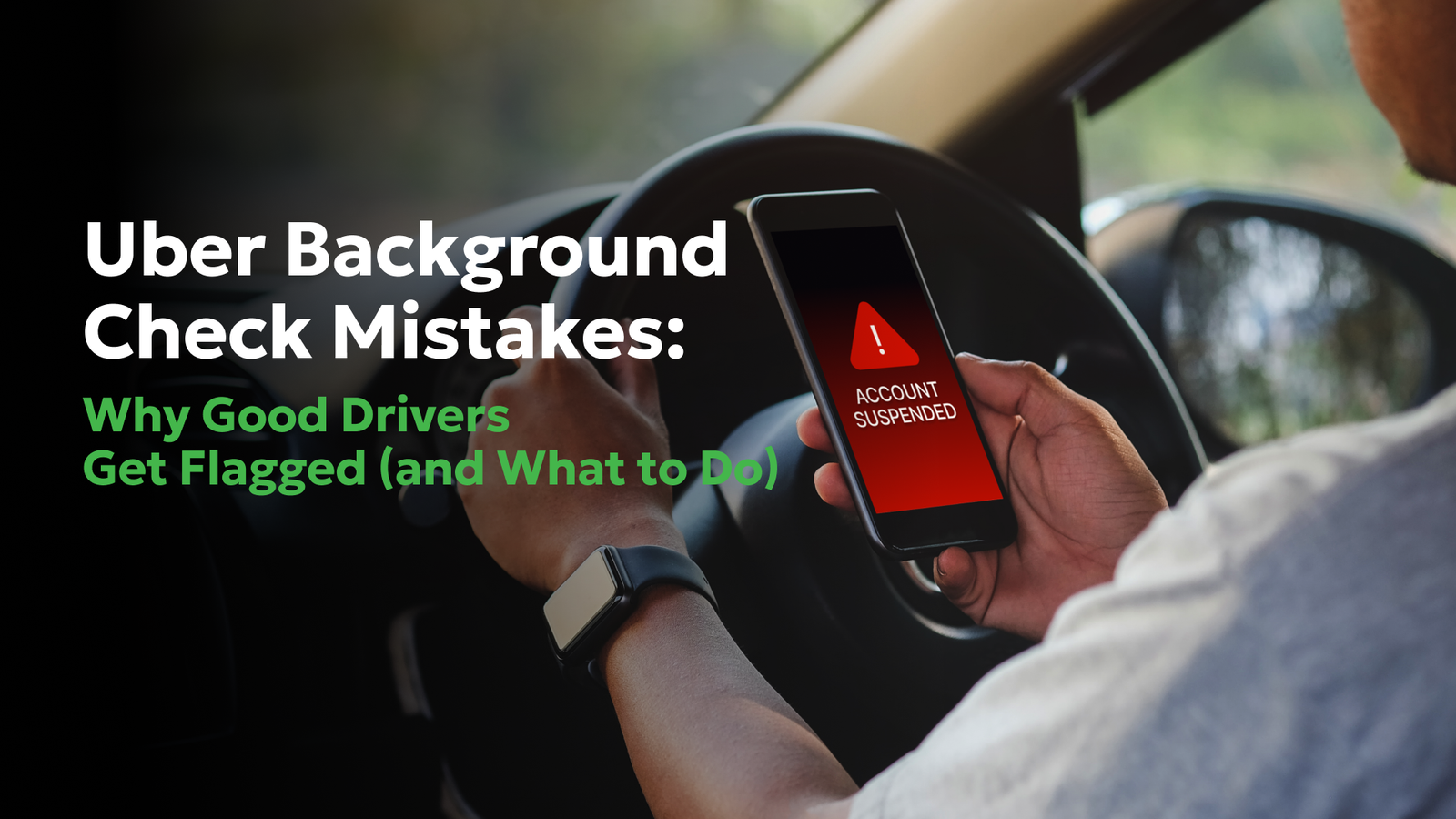
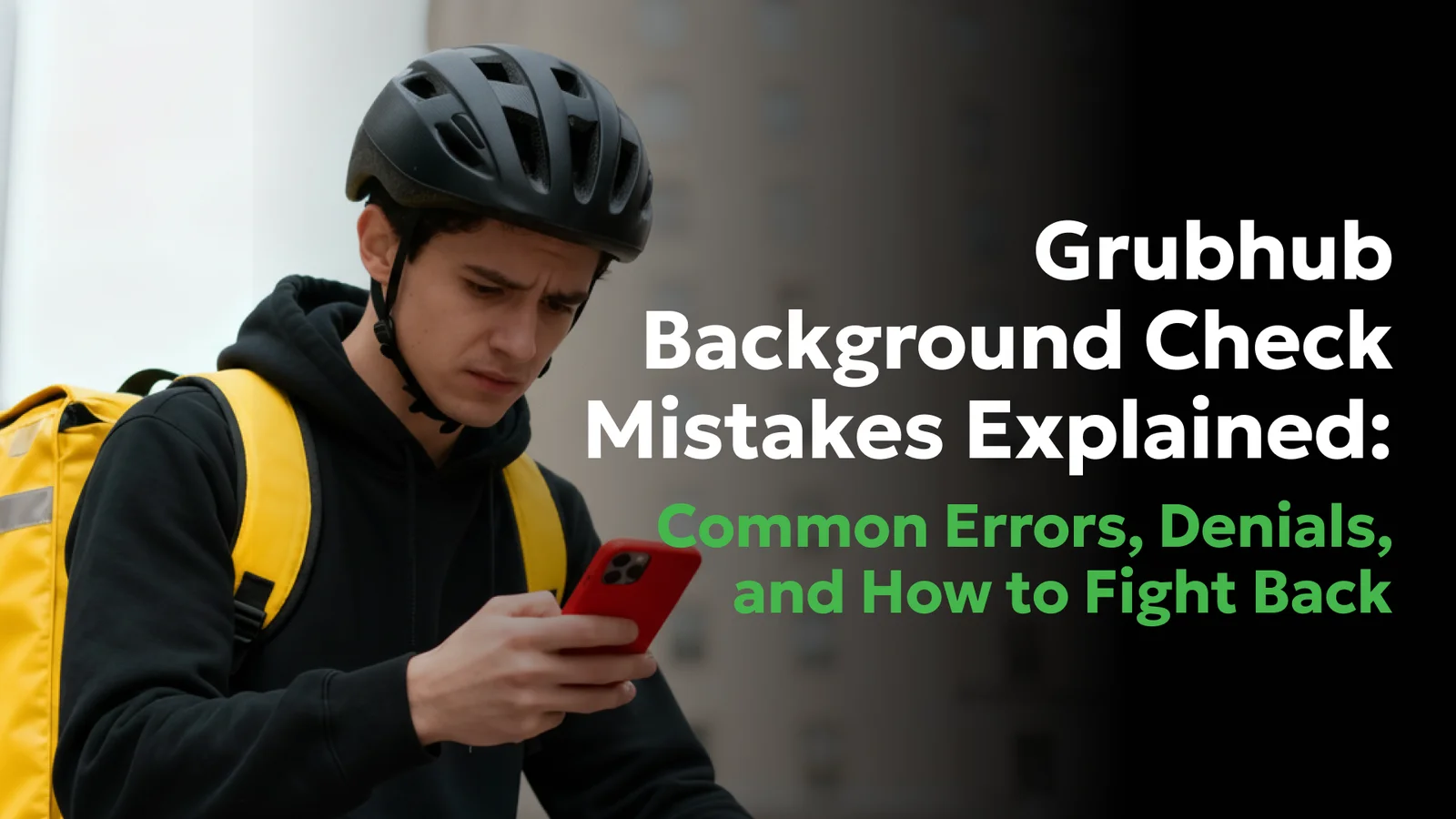
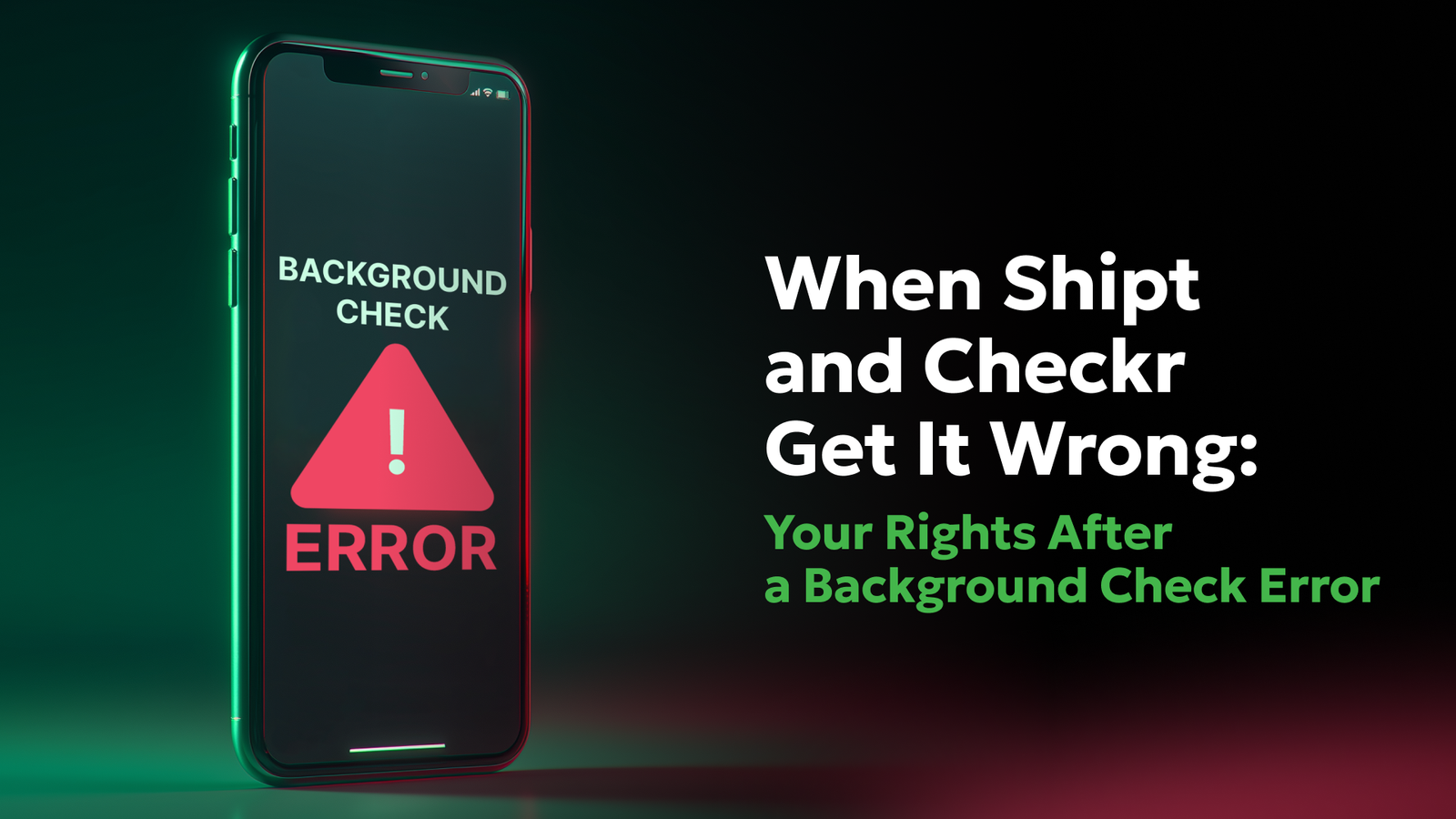
R
ONGS™You pay nothing. The law makes them pay.







